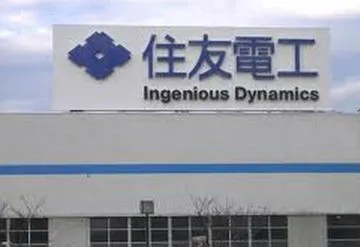
“Super battery” could be game changer for Japan’s electricity grid
Battery trial to begin in Hokkaido by 2015
An experimental battery developed by Sumitomo Electric Industries Ltd. will soon be tested to prove if it can enable Hokkaido Island’s utility to store excess solar and wind power that can then flow in a stabilized manner to consumers. The installation is set to be finished by March 2015.
The battery uses metal vanadium to store electricity in its electrolyte tanks. It can potentially handle the large power surpluses found on transmission grids.
The vanadium redox flow technology developed by Sumitomo is expected to solve the serious problems that aborted previous projects. The battery, which has a 60 megawatt hour capacity, will be installed at Hokkaido Electric’s Minami Hayakita substation in the town of Abira.
The government said the battery aims to transform the way electricity is stored and supplied. It has invested US$203 million to support Sumitomo's battery project.
Japan also hopes to transform this experiment in Hokkaido to commercial use that can be sold to Europe and the US.
Hokkaido was chosen as the experiment’s site because it is separate from the mainland’s electricity network. It also has wide areas of open land ideal for solar panels and wind turbines.



















 Advertise
Advertise







